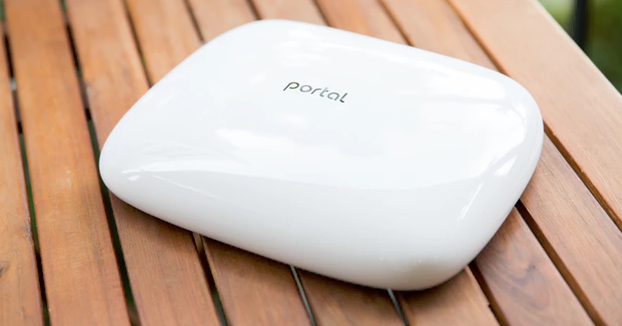Many people rely on Wi-Fi for their everyday work and leisure needs. But the significant increase in Wi-Fi usage in recent years has created a traffic and congestion issue so bad that Wi-Fi service often slows to a crawl, making it unreliable.
Portal is a router that taps into unused spectrum to create faster, more resilient Wi-Fi that’s much faster than typical Wi-Fi service today. It also provides greater coverage throughout a user’s home. Portal’s proprietary spectrum turbocharger technology provides access to 300 percent more of the radio airwaves than other routers, improving performance by as much as 300 times, and range and coverage by as much as two times in crowded settings including city homes and multi-unit apartments.
